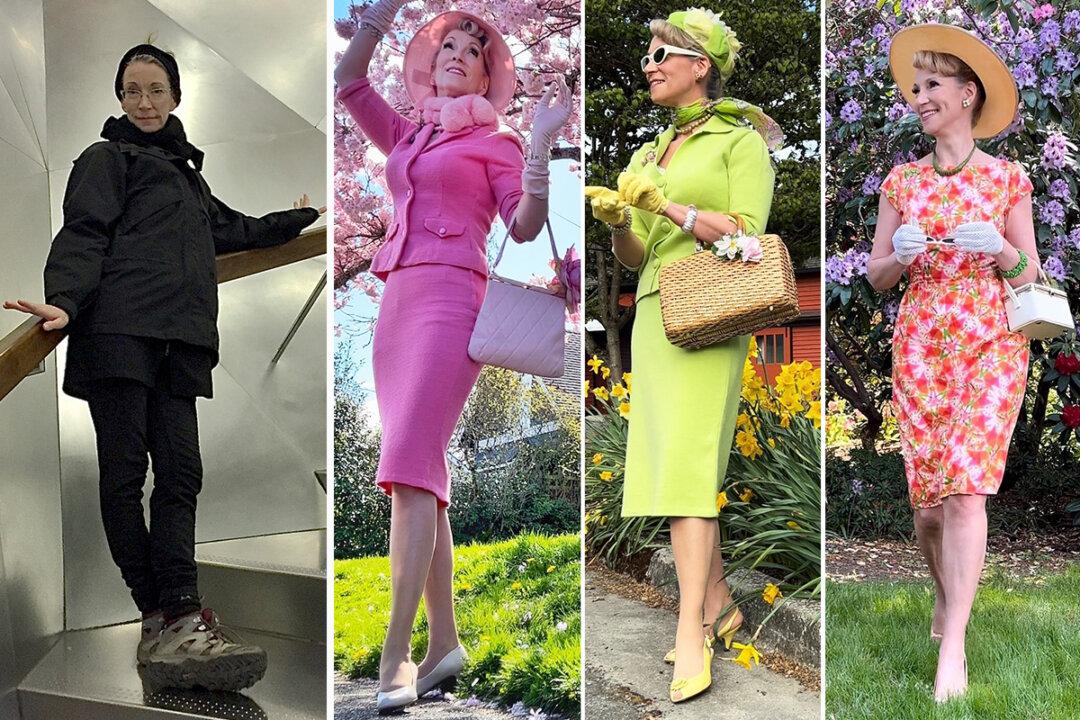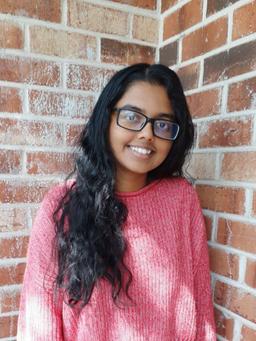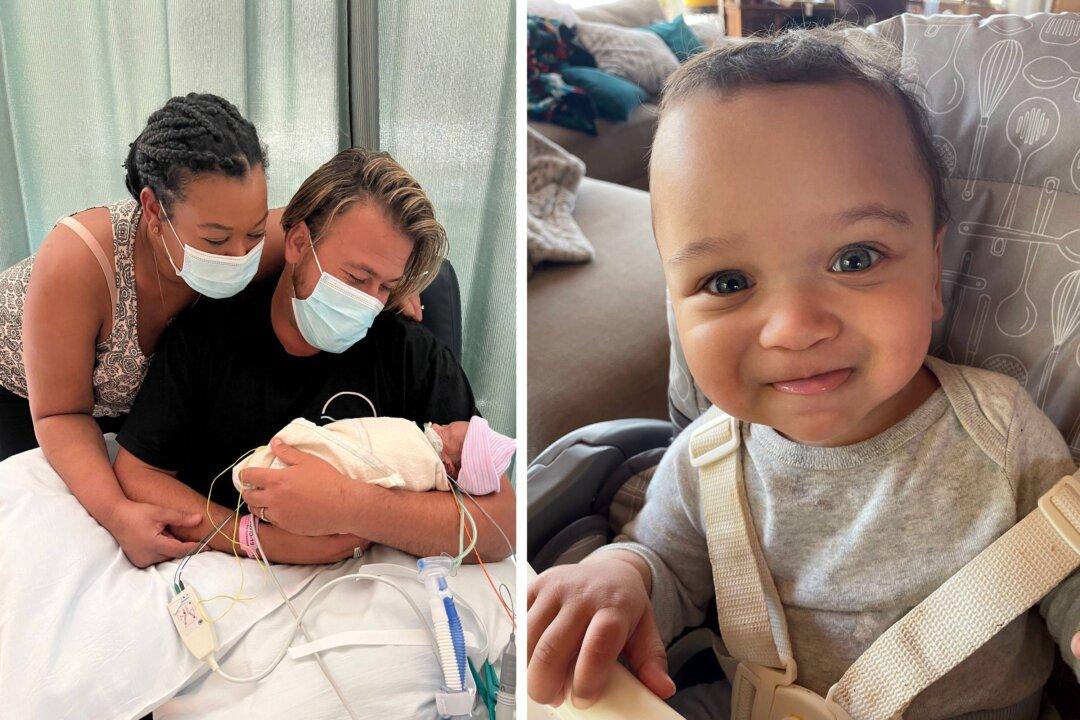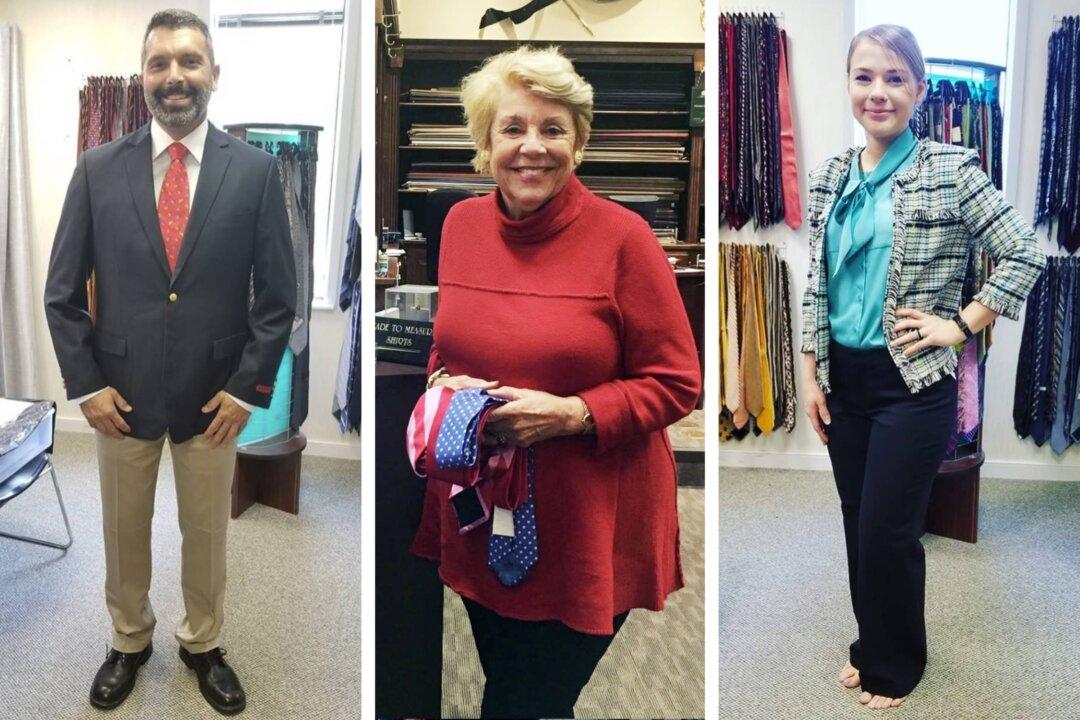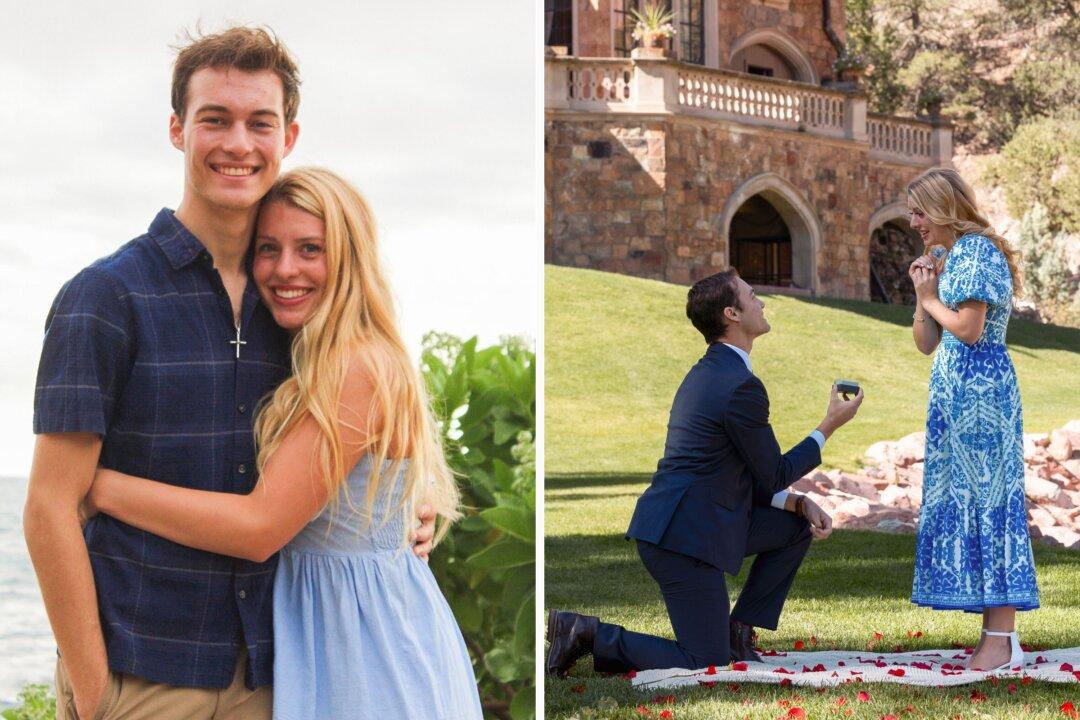Take a walk around Victoria, British Columbia, on any given Tuesday, and you might stumble on a cheery woman donning attire from the 1950s.
Although she has a bright smile and a pep in her step, 55-year-old Mollie Kaye dresses with flare for a reason—emphasizing the need for social interaction through the power of fashion.

